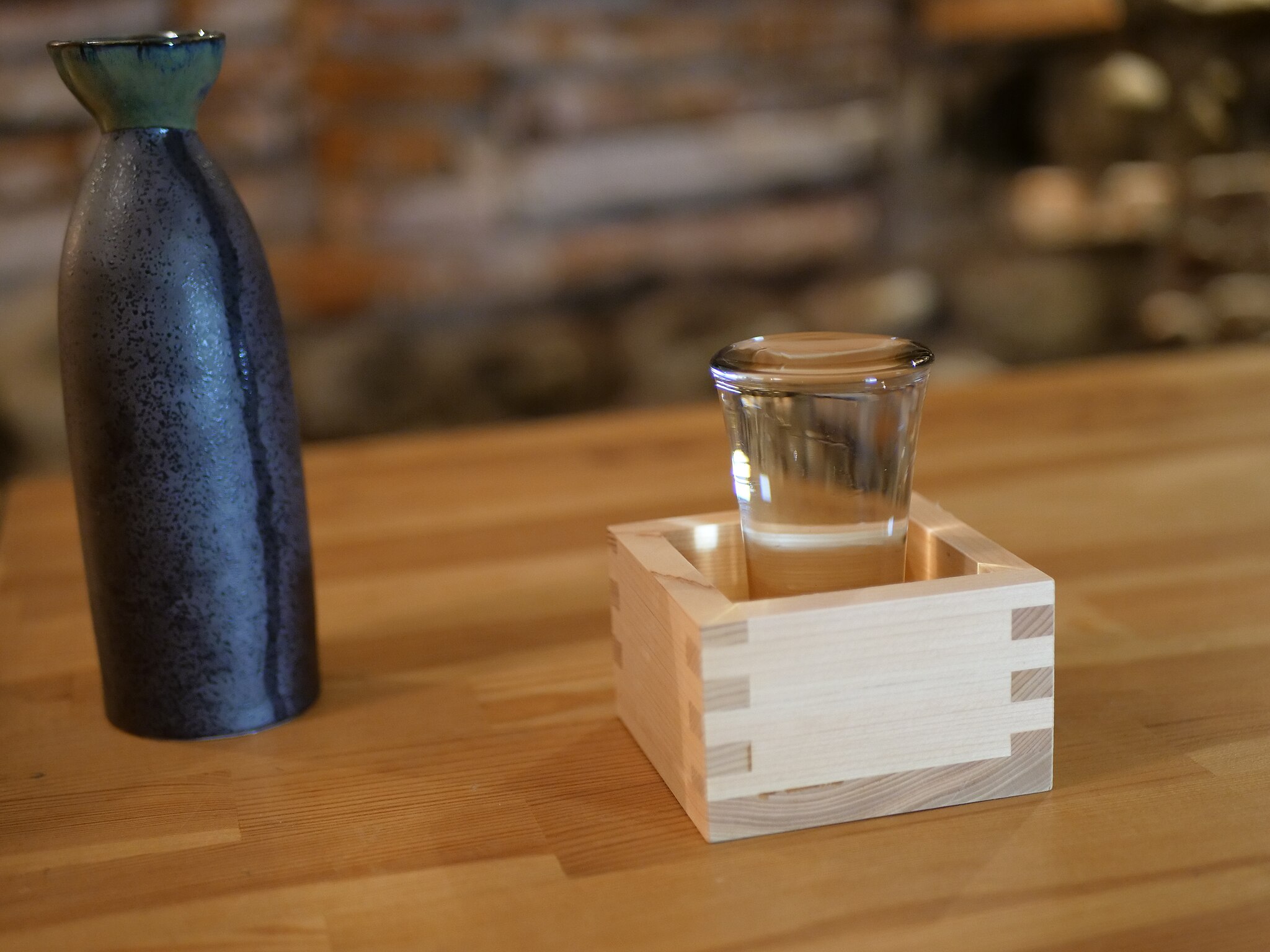You may think of sake as being a single beverage, but it actually comes in several types. Whereas you can drink nearly all kinds of sake at temperatures ranging from 5ºC to 55ºC, some taste better hot and others cold. Plus, you’ll have a better experience if you pair your sake with the right food.
Let’s take a look at the various types of sake and how to drink them for maximum enjoyment.
Ginjo-shu
If you’re looking for high-quality sake, ginjo-shu is the way to go, as it’s made using a labor-intensive process that includes fermentation at a low temperature. It’s made from no more than 60% milled white rice, a special yeast, and a small amount of distilled alcohol, which brings out its fruity flavor. Serve it in a standard wine glass and drink it cold (either room temperature or chilled) to fully appreciate the taste and aroma. Great pairings include white fish sashimi, seafood carpaccio, and vegetable tempura.
Junmai-shu
Made purely from white rice and water, there’s no added alcohol in junmai-shu. It is one of the best sakes to try hot, although it also tastes delicious chilled or at room temperature. Serve it either in a wine glass or an ochoko — this will soften the sake, allowing you to better experience the umami and acidic taste. Accompany your sake with a dish with strong flavors, such as yakatori with tare sauce, mackerel in miso, or dumplings.
Honjozo-shu
Honjozo-shu has the highest percentage of milled rice, at up to 70%. It is another option that has some distilled alcohol — an addition that reduces the potency of the sake. You can drink it at room temperature or warm, but make sure you use small cups to maintain the temperature you want. A light beverage, it’s an excellent choice with sashimi, cold tofu, and pickled dishes.
Junmai Ginjo-shu
A specific type of ginjo sake is junmai ginjo-shu. This is similar to junmai-shu but lighter and more aromatic. The same serving recommendations as for ginjo-shu apply.
Daiginjo-shu
Daiginjo-shu sake is between 35% and 50% milled rice, which creates a delicate taste but strong fragrance. Unless it’s junmai daiginjo, the sake is made with a small amount of distilled alcohol. It’s less common to find this sake than the others because it’s even more complicated to produce than ginjo-shu. Enjoy it as a special treat at room temperature or cold — although not ice cold because you do want to be able to experience the subtleties of the flavor.
Other Sakes
Although the above are the standard varieties of sake, there are a few more you may encounter:
- Nigori sake — Characterized by its translucent color with particles (the name means “cloudy”).
- Namazake — When any of the above are unpasteurized, they are called namazake. They must be refrigerated at all times up to consumption.
- Genshu — After fermentation, this sake is not diluted with water, meaning the alcohol content is around 20% rather than the typical 16%.
- Tokubetsu — This special honjozo or junmai sake is made with either higher-quality rice or rice that is more highly milled.
Now, the next time you go out to eat, you’ll know what food and sake pairings to make and how to order sake for the best experience.
Culture Japon, CC BY-SA 4.0, via Wikimedia Commons

